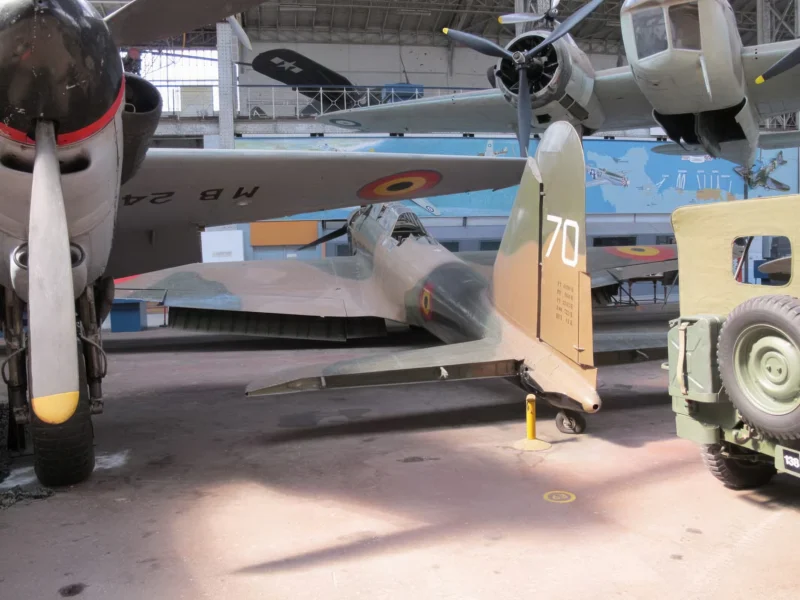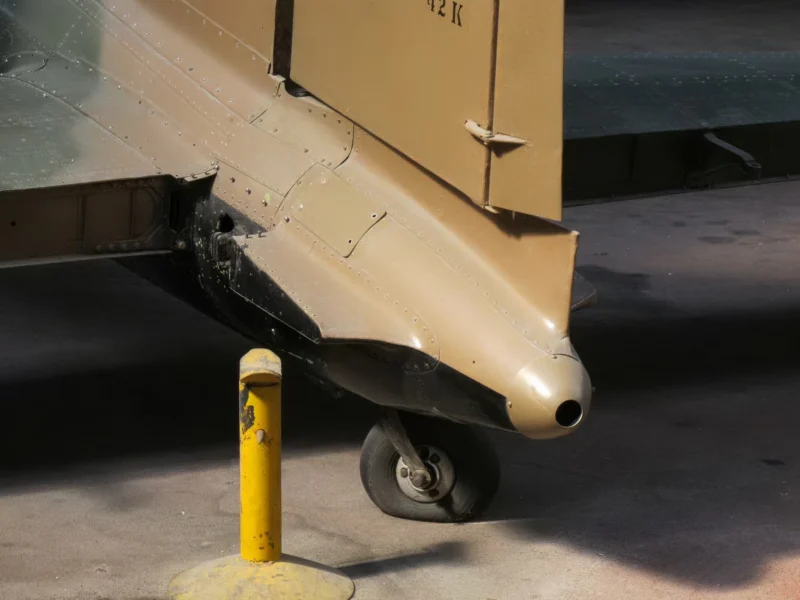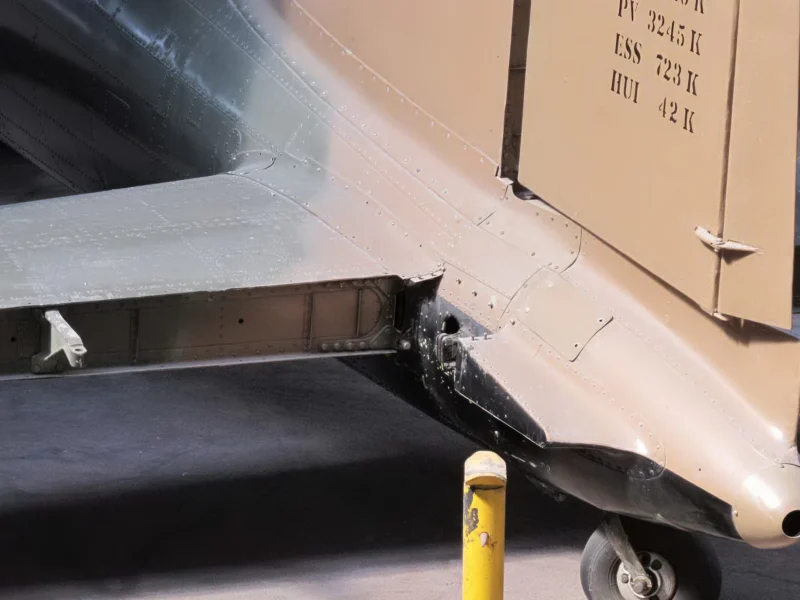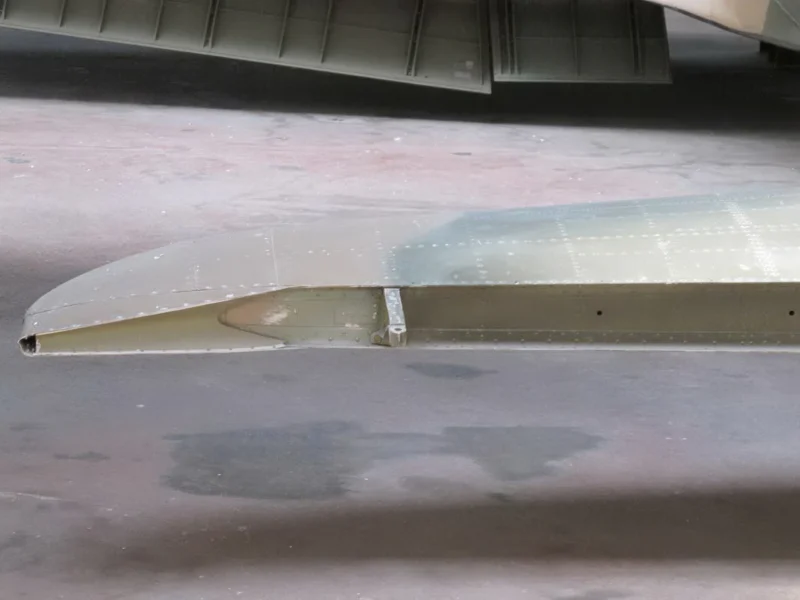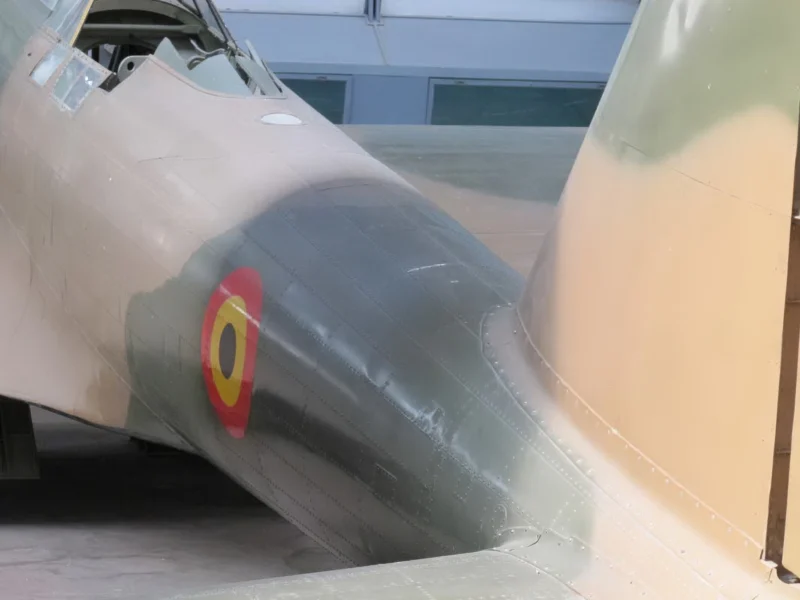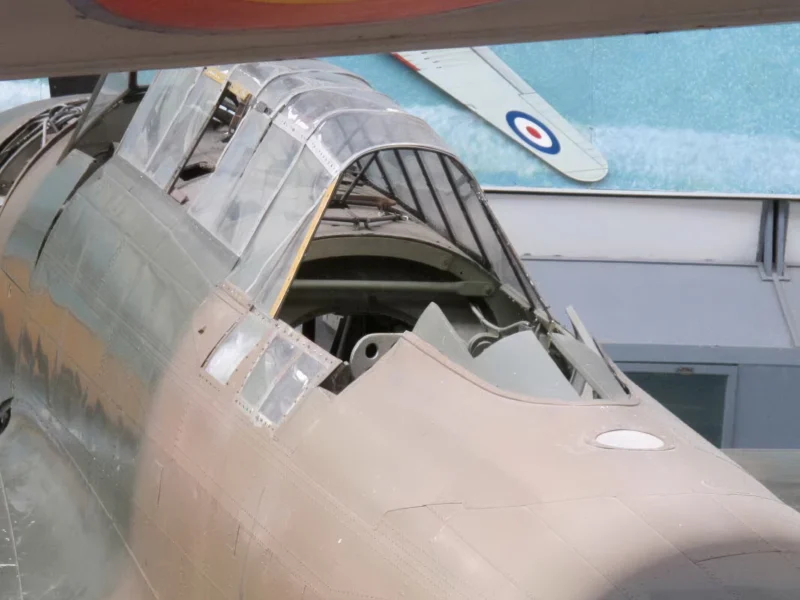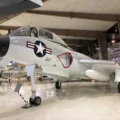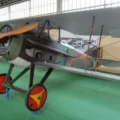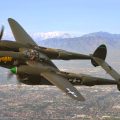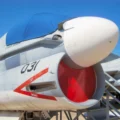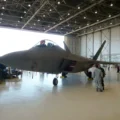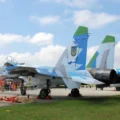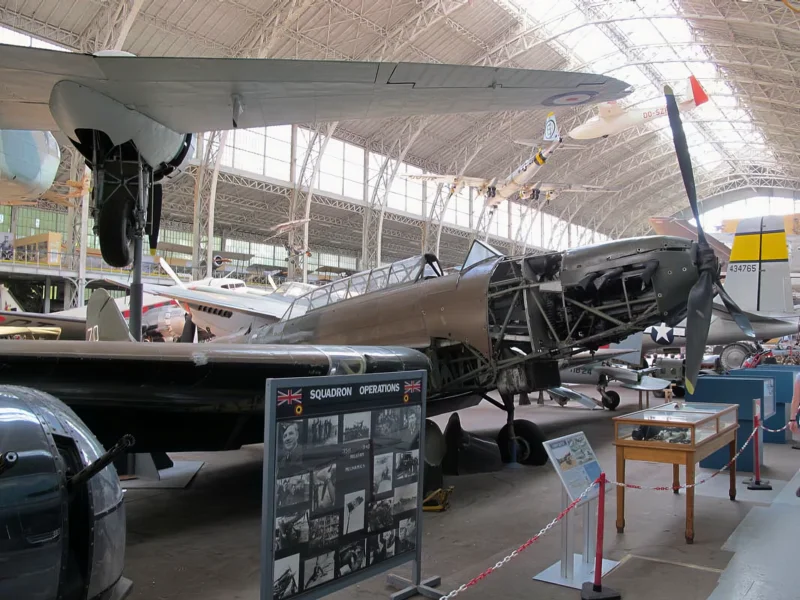
Fairey Battle | |
|---|---|
| Pays | Royaume-uni |
| Rôle | Bombardier léger |
| Première mouche | Le 10 mars 1936 |
| Construit | 2201 |
Lla Bataille équitable était un bombardier léger monomoteur britannique conçu et fabriqué par la Fairey Aviation Company. Il a été développé au milieu des années 1930 pour la Royal Air Force (RAF) en tant que successeur monoplan des biplans Hawker Hart et Hind antérieurs. La Battle était propulsée par le même moteur à pistons Rolls-Royce Merlin haute performance qui alimentait divers chasseurs britanniques contemporains. Toutefois, la bataille était beaucoup plus lourde, avec son équipage de trois hommes et la charge de bombe. Bien qu’il s’ait beaucoup amélioré par rapport à l’avion qui l’a précédé, la bataille a été relativement lente et limitée. Avec seulement deux .303 en mitrailleuses comme armement défensif, il s’est révélé très vulnérable aux chasseurs ennemis et aux tirs antiaériens.
Source: Bataille juste sur Wikipedia
| Fairey Battle | |
|---|---|
| Photographe | Inconnu |
| Localisation | Inconnu |
| Photos | 61 |
| Fairey Battle Walk Around | |
|---|---|
| Photographe | Erwin de Swaef |
| Localisation | Inconnu |
| Photos | 21 |
| Fairey Battle Walk Around | |
|---|---|
| Photographe | Erwin de Swaef |
| Localisation | Inconnu |
| Photos | 42 |
Voir aussi :
Lla Bataille équitable was a British single-engine light bomber designed and manufactured by the Fairey Aviation Company in the mid-1930s. Intended to replace the RAF’s biplane bombers (like the Hawker Hart), it was a low-wing monoplane and the first operational aircraft to be powered by the renowned Rolls-Royce Merlin engine.
Design and Crew
- Appearance: The Battle had a clean, streamlined design, often mistaken for an oversized fighter. It was built using a light-alloy stressed-skin construction, which was modern for its time.
- Powerplant: It was powered by a single liquid-cooled Rolls-Royce Merlin I/II/III V12 piston engine (the same engine used in the Spitfire and Hurricane). However, being much heavier with a three-man crew and bomb load, it was significantly slower than its fighter counterparts.
- Équipage: A crew of three: Pilot, Observer/Navigator/Bomb Aimeret Radio Operator/Air Gunner, all seated in tandem under a continuous glass canopy.
- Armement:
- One fixed forward-firing 0.303 in (7.7 mm) Browning machine gun in the starboard wing.
- One flexible 0.303 in (7.7 mm) Vickers K machine gun for the rear gunner.
- Bomb Load: Standard internal load of four 250 lb (110 kg) general-purpose bombs carried in cells within the wings, totaling 1,000 lb. Additional small bombs could be carried on under-wing racks.
Combat History and Obsolescence
Although highly advanced when first flown in 1936 and entering service in 1937, the rapid advancement of military aviation meant the Battle was operationally obsolete by the outbreak of World War II in 1939.
- Early Service: It scored the RAF’s first aerial victory of the war in September 1939.
- High Losses: Au cours de la Battle of France (May 1940), Battle squadrons of the Advanced Air Striking Force (AASF) suffered catastrophic losses, frequently exceeding 50% per mission, due to being slow, having poor defensive armament, and lacking armor and self-sealing fuel tanks. This vulnerability earned it the grim nickname « Flying Coffin. »
- Relegation: By late 1940, the Battle was withdrawn from front-line bomber duties. The majority of the aircraft were subsequently relegated to secondary roles, primarily as trainers Et target tugs (Battle TT), especially under the British Commonwealth Air Training Plan in Canada, Australia, and South Africa, where it served usefully for the remainder of the war.
Key Specifications (Battle Mk I)
| Characteristic | Valeur |
|---|---|
| moteur | Rolls-Royce Merlin I, II, or III |
| Max Speed | Approx. 257 mph (414 km/h) at altitude |
| Range | Approx. 1,000 miles (1,600 km) |
| Envergure | 54 ft 0 in (16.46 m) |
| Length | 42 ft 4 in (12.90 m) |
Views : 4784
